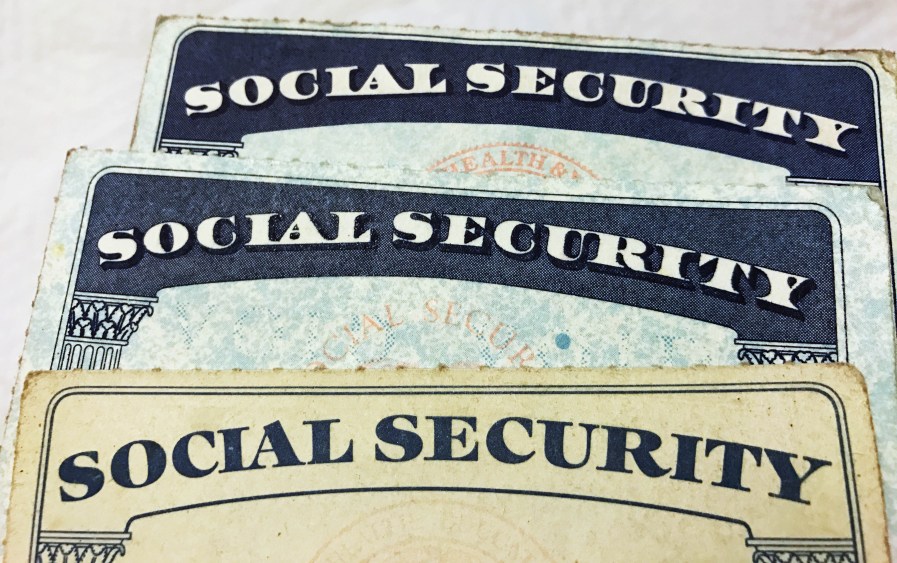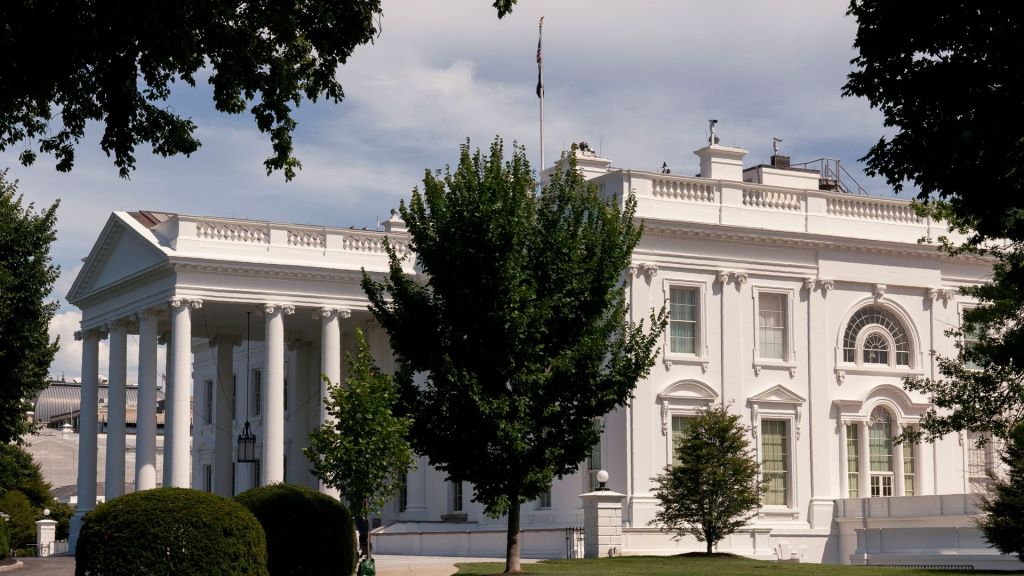According to CBS News and other media reports, those who collect social security may see a 6.1 percent bump in benefits in the near future. That would be the largest increase since 1983, according to CBS.
The media reports all attributed the 6.1 percent figure to a new forecast from the nonpartisan Senior Citizens League. The Social Security Administration will announce its annual Cost of Living Adjustment (COLA) in October. That adjustment is based on the average rate of inflation over the July, August, and September.
The increase would not go into effect until January 2022, since the Social Security Administration adjusts its payments only once a year.
Not only is the estimated increase the highest we’ve seen in nearly 40 years, it’s over four times higher than what seniors got last year. According to the Social Security Administration, 2021’s COLA was 1.3 percent.
CBS and others attributed the increase in benefits to rising inflation. If said inflation subsides over the next few months, the SSA’s COLA could be lower than what the SCL is predicting.
According to CBS, economists are predicting inflation could slow. However, Oxford Economics said that depends on whether or not the current supply issues get resolved.
“The big concern is that current high inflation gets built into consumers’ and businesses’ expectations, leading to higher long-run inflation, as happened in the 1970s,” Gus Faucher, chief economist at PNC Financial Services Group, said in a research note.
Right now, only a handful of products account for the bulk of higher prices. Those products include used cars and gasoline. Faucher said since prices were weak a year earlier when much of the U.S. economy was still shuttered due to the pandemic, the current inflation we’re seeing may be an overstatement.
Despite the positive expectation for senior citizens, there’s still work to be done to increase their buying power. In May, the SCL reported government retirement benefits have lost about one-third of their buying power since 2000. That’s due partly to health care expenses like Medicare premiums rising much faster than inflation.
 FILE PHOTO: U.S. Social Security card designs over the past several decades are shown in this photo illustration taken in Toronto, Canada on January 7, 2017. REUTERS/Hyungwon Kang/File Photo
FILE PHOTO: U.S. Social Security card designs over the past several decades are shown in this photo illustration taken in Toronto, Canada on January 7, 2017. REUTERS/Hyungwon Kang/File Photo
 FILE PHOTO: U.S. Social Security card designs over the past several decades are shown in this photo illustration taken in Toronto, Canada on January 7, 2017. REUTERS/Hyungwon Kang/File Photo
FILE PHOTO: U.S. Social Security card designs over the past several decades are shown in this photo illustration taken in Toronto, Canada on January 7, 2017. REUTERS/Hyungwon Kang/File Photo


